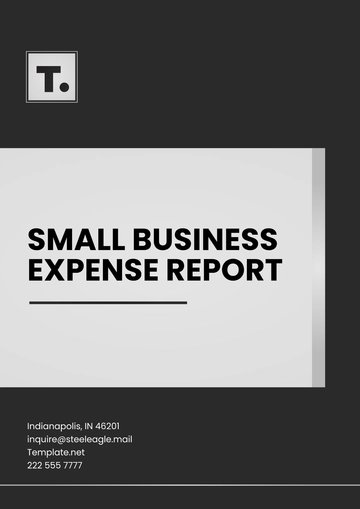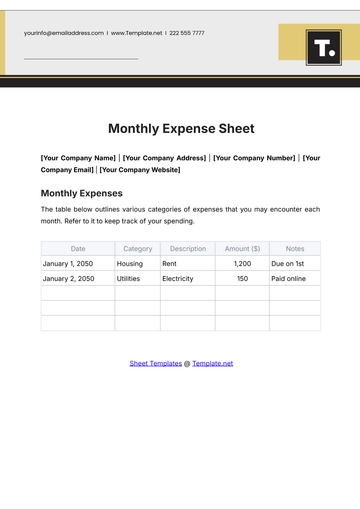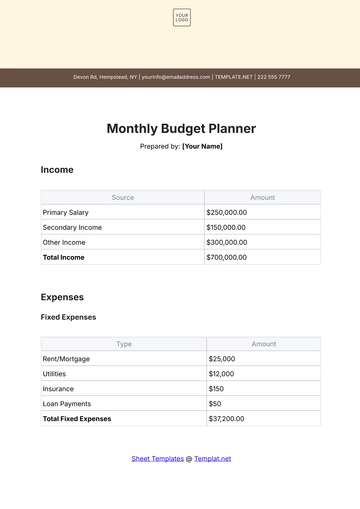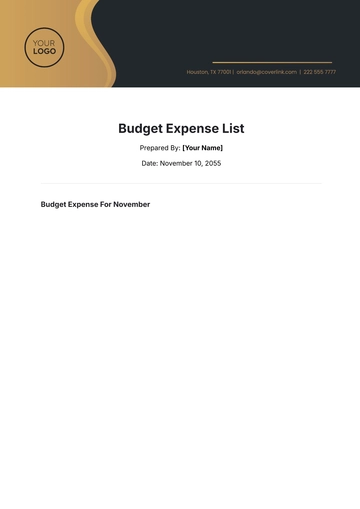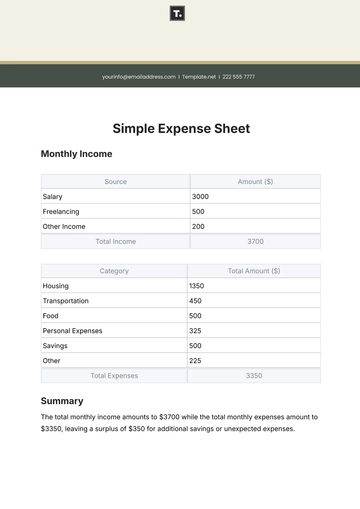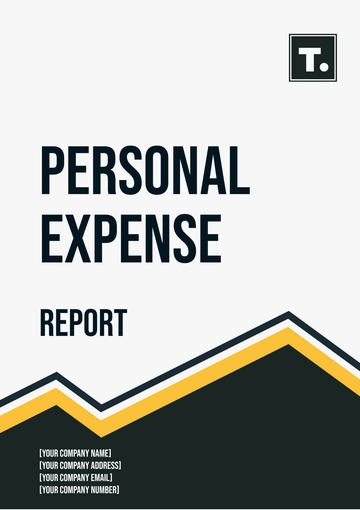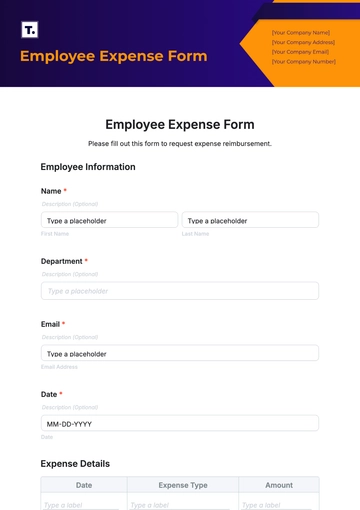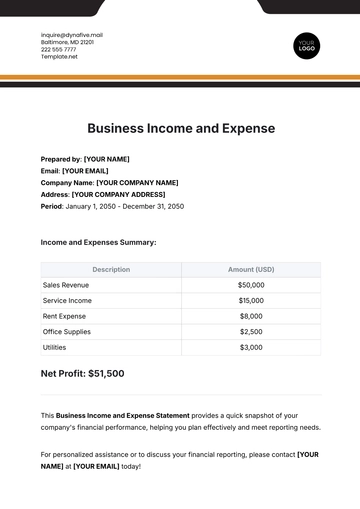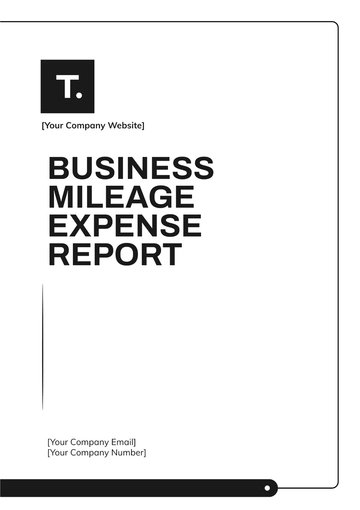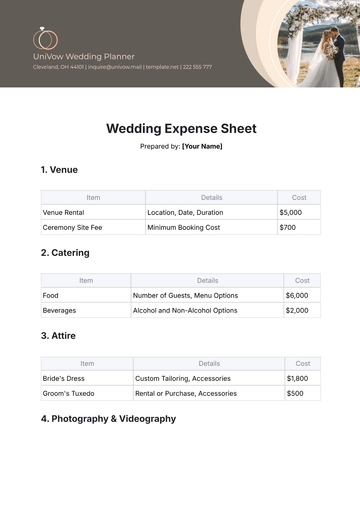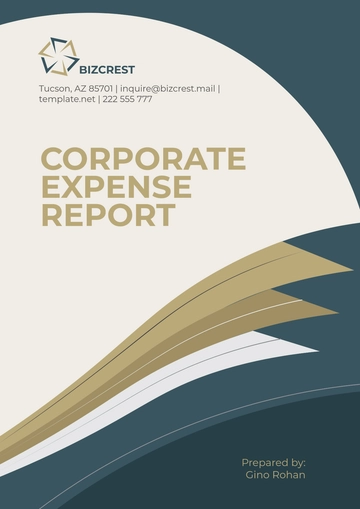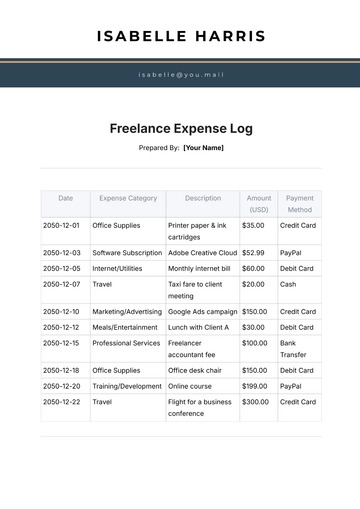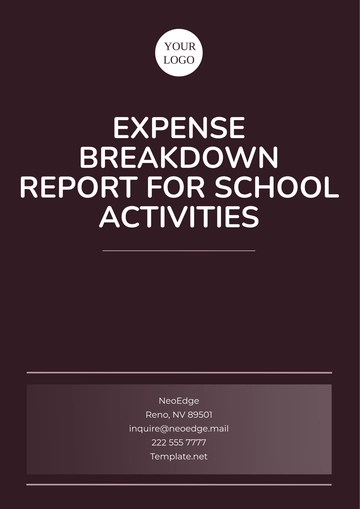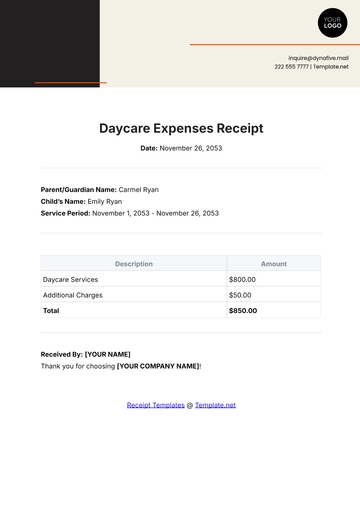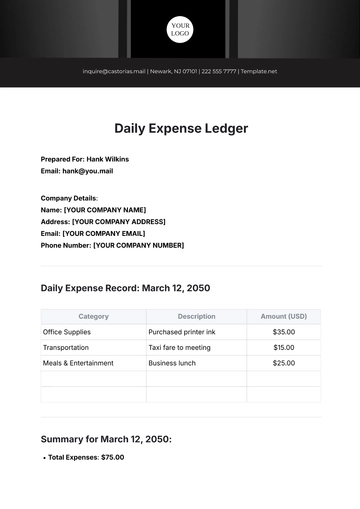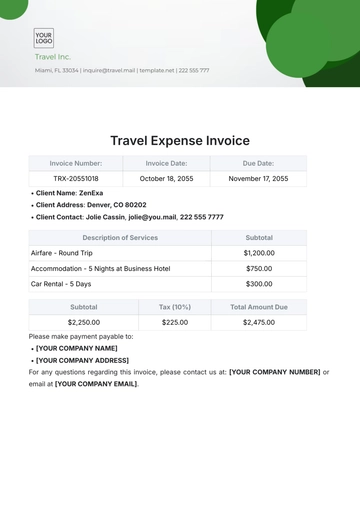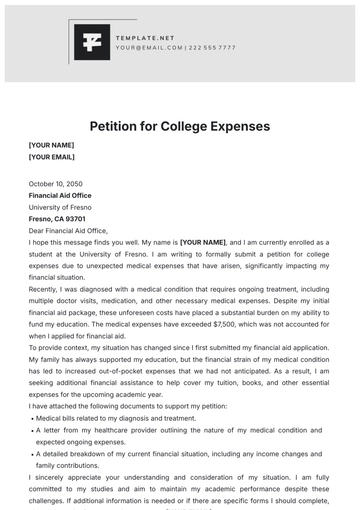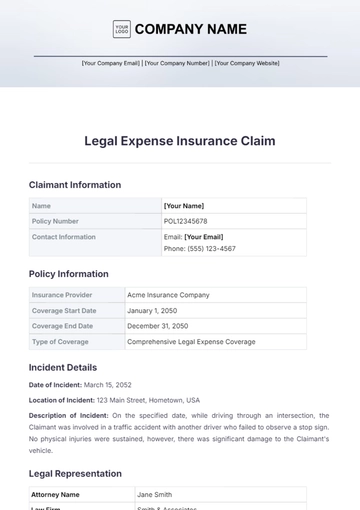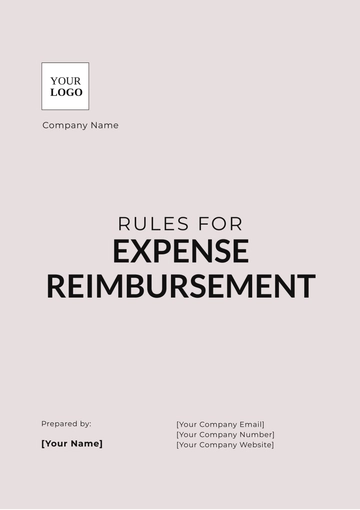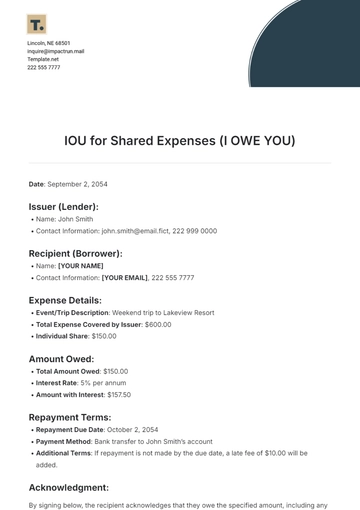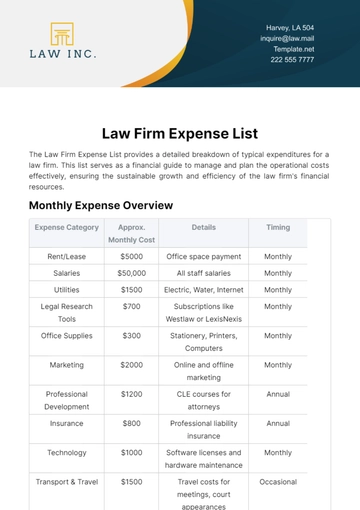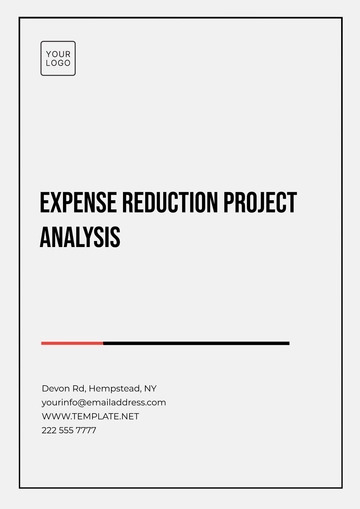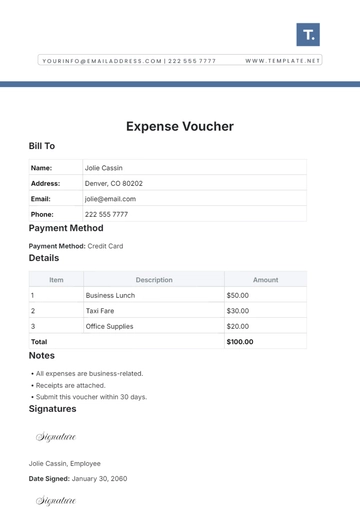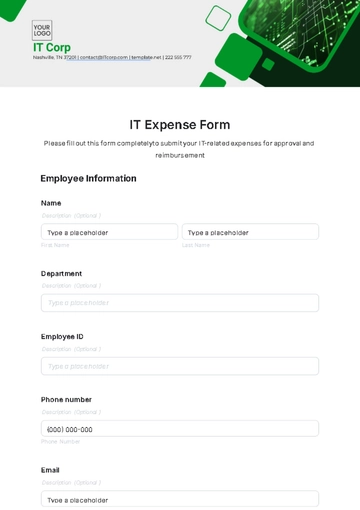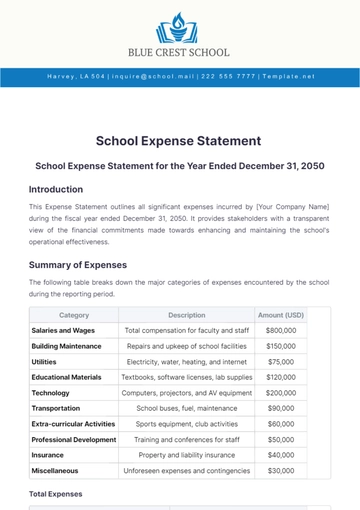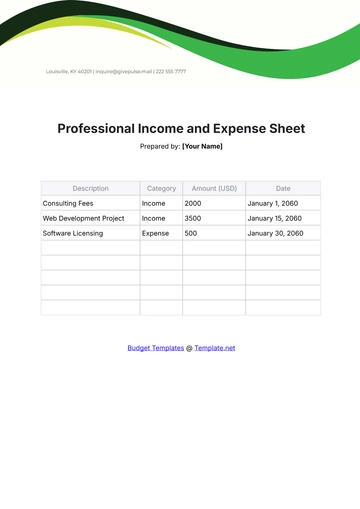Free Courier Service Expense Report
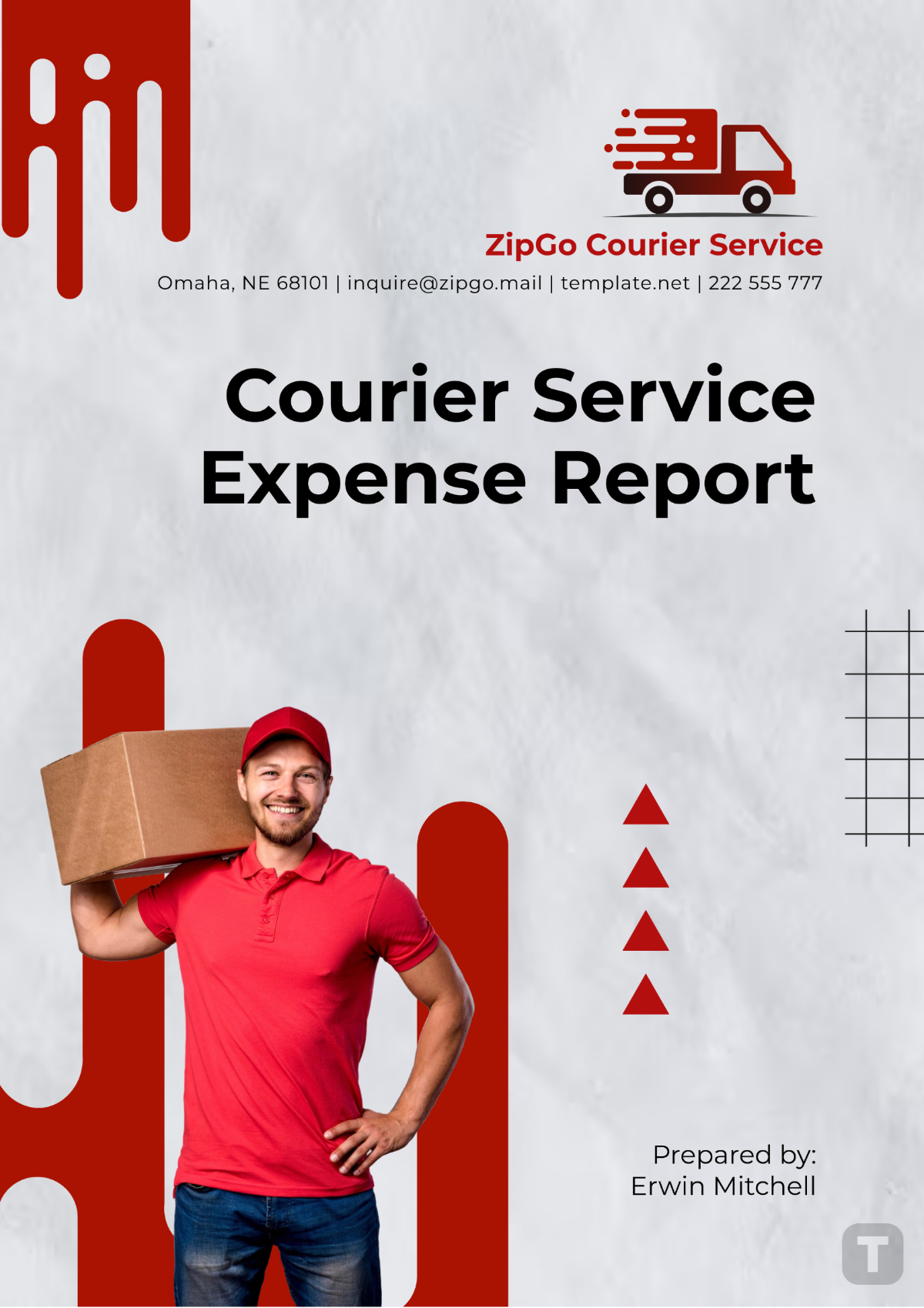
I. Overview of Expenses
The Courier Service Expense Report from [Your Company Name] offers a detailed analysis of the costs incurred while delivering services during the specified period. This report includes various expense categories such as transportation costs, labor expenses, fuel expenditures, vehicle maintenance, and administrative overheads. By systematically compiling these costs, we can gain a clearer understanding of the operational expenditures associated with our courier services. This comprehensive overview not only identifies the current financial status but also aids in tracking trends over time, allowing for informed decision-making and strategic planning.
Moreover, the report serves as a valuable tool for pinpointing potential areas for cost savings. By evaluating expense trends, we can identify opportunities for more efficient resource allocation and operational improvements. For example, examining fuel expenses can reveal possibilities for optimizing routes or switching to more fuel-efficient vehicles. Additionally, assessing labor costs may highlight staffing inefficiencies that could be addressed. Overall, the Courier Service Expense Report is crucial for maintaining fiscal responsibility and enhancing the profitability of [Your Company Name]. It is essential for our ongoing efforts to improve service quality while managing expenses effectively.
A. Summary of Total Expenses
The overall expenses for the courier services are calculated in various categories, providing an overview of total spending. The table below outlines the major expenses incurred:
Expense Category | Amount (USD) |
|---|---|
Operational Expenses | $25,000 |
Fuel Costs | $10,000 |
Maintenance | $5,000 |
Salaries | $30,000 |
Miscellaneous | $3,000 |
Total | $73,000 |
B. Breakdown by Month
The table below presents the monthly breakdown of the courier service expenses:
Month | Amount (USD) |
|---|---|
January | $12,000 |
February | $13,000 |
March | $15,500 |
April | $14,000 |
May | $18,500 |
II. Detailed Expense Analysis
A. Operational Expenses
The operational expenses cover the daily costs associated with running the courier services. Key areas include vehicle leasing, utilities, and administration costs. Further details are outlined below:
Operational Expenses | Amount ($) | Description |
|---|---|---|
Vehicle Leasing | $12,000 | Costs associated with leasing the fleet of vehicles necessary for courier operations. Leasing provides flexibility and allows [Your Company Name] to maintain a modern fleet without significant upfront costs. |
Utilities | $7,000 | Expenses for electricity, water, and internet services that support the operational facility. Efficient management is crucial for maintaining a functional and productive work environment. |
Administration | $6,000 | Covers salaries for administrative staff, office supplies, and other related expenditures. These costs are integral to supporting day-to-day operations and ensuring the smooth functioning of the business. |
B. Fuel Costs
Fuel costs represent a significant component of the operational budget, as they are influenced by the distance traveled and fluctuating fuel prices. To manage these expenses effectively, [Your Company Name] is considering the following strategies:
Optimize Delivery Routes: Implementing advanced route-planning software to minimize fuel consumption by selecting the most efficient paths.
Invest in Fuel-Efficient Vehicles: Upgrading the fleet to include more fuel-efficient models can lead to substantial long-term savings on fuel costs.
Utilize Telematics: Adopting telematics systems enables real-time monitoring of fuel usage, helping to identify inefficiencies and make data-driven decisions.
C. Maintenance
Regular maintenance is critical for ensuring that vehicles remain in optimal condition and preventing costly downtime. The maintenance expenses include:
Routine Servicing of the Fleet: Scheduled services help extend the life of the vehicles and reduce the likelihood of unexpected breakdowns.
Replacement of Worn Parts: Proactively replacing parts that show signs of wear ensures reliability and safety in operations.
Unscheduled Repairs Due to Breakdowns: Addressing unforeseen repairs promptly is essential to minimize disruptions in service delivery.
D. Salaries
Employee salaries constitute a substantial portion of service expenses, encompassing wages for drivers, administrative staff, and support personnel. To remain competitive in the labor market, [Your Company Name] regularly reviews its salary structure, ensuring that compensation packages reflect industry standards and incentivize performance.
E. Miscellaneous Expenses
Miscellaneous expenses encompass various additional costs that may arise during operations, such as office supplies, training programs, and other minor expenditures. These expenses are monitored closely to maintain financial efficiency. By tracking and analyzing miscellaneous costs, [Your Company Name] can identify areas for potential savings and ensure resources are allocated effectively.
This Courier Service Expense Report provides a detailed analysis of [Your Company Name]'s operational costs, highlighting key areas such as vehicle leasing, fuel, maintenance, salaries, and miscellaneous expenses. By closely monitoring these costs, the company can identify opportunities for savings and efficiency improvements. Strategic initiatives like route optimization, investing in fuel-efficient vehicles, and proactive maintenance will play a crucial role in reducing expenses. This report serves as a foundation for informed decision-making, ensuring [Your Company Name] remains competitive while maintaining high-quality service delivery.
- 100% Customizable, free editor
- Access 1 Million+ Templates, photo’s & graphics
- Download or share as a template
- Click and replace photos, graphics, text, backgrounds
- Resize, crop, AI write & more
- Access advanced editor
Track your expenses efficiently with this Courier Service Expense Report Template from Template.net. This customizable and editable template provides a clear format for documenting operational costs, fuel expenses, and other expenditures. Fully editable in our Ai Editor Tool, you can tailor each section to fit your specific reporting needs, ensuring accurate and detailed expense tracking for your courier service.
